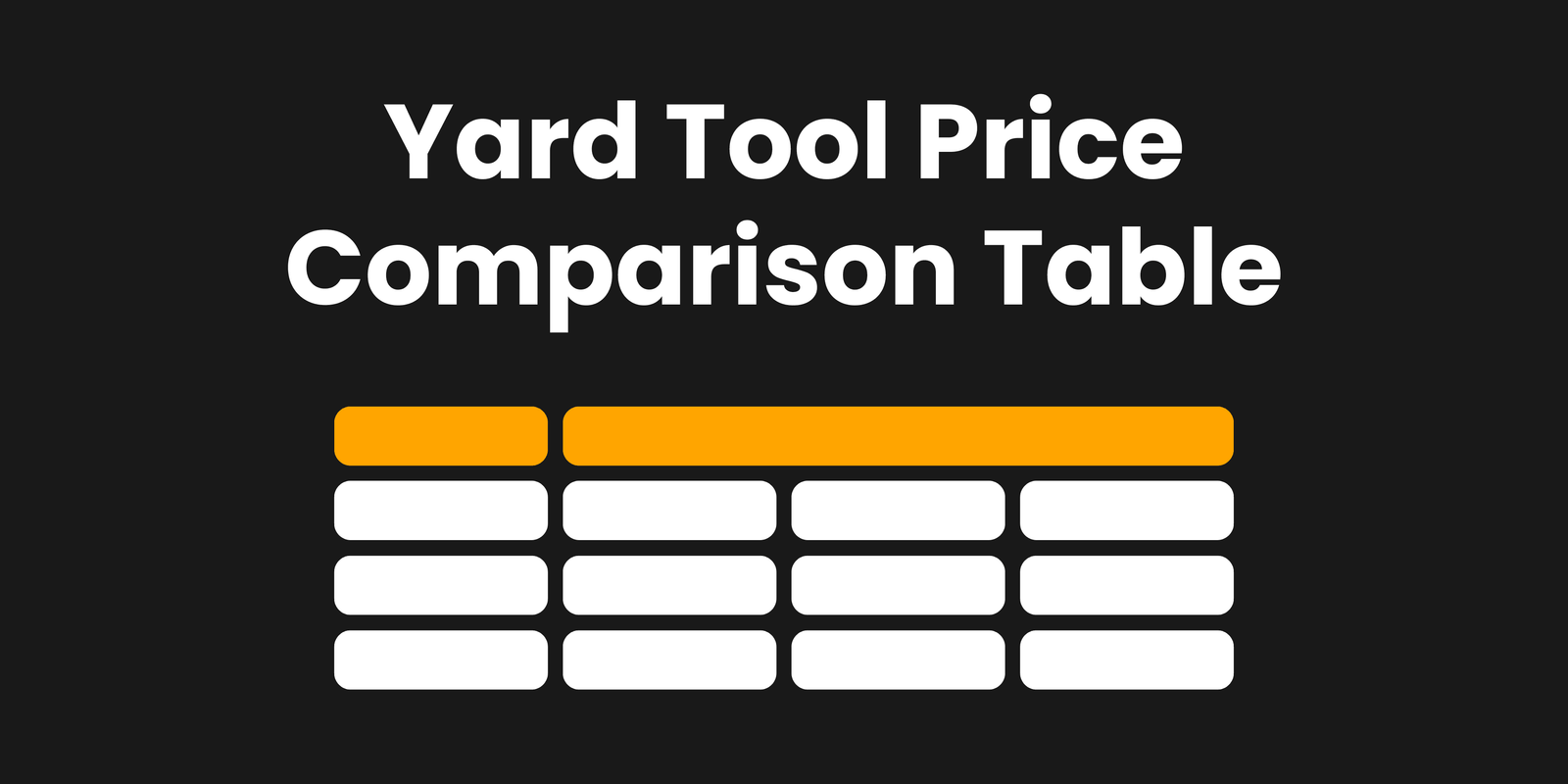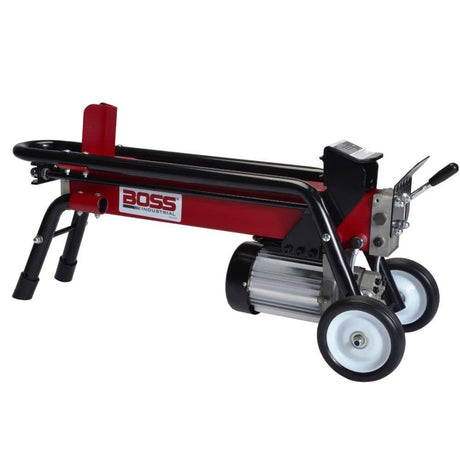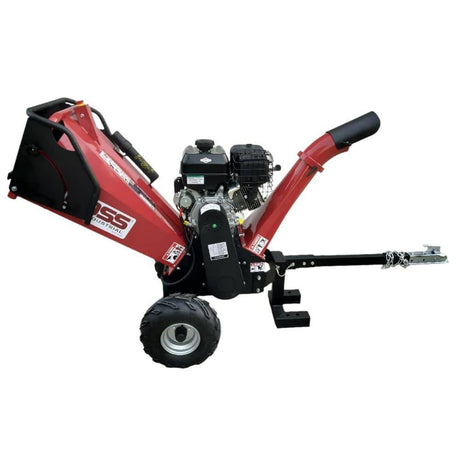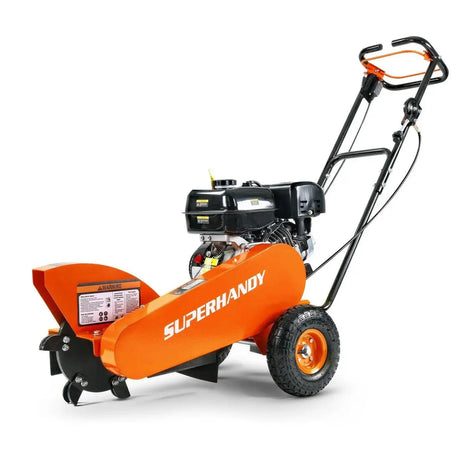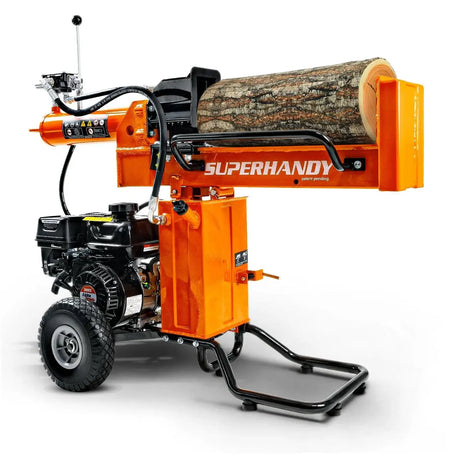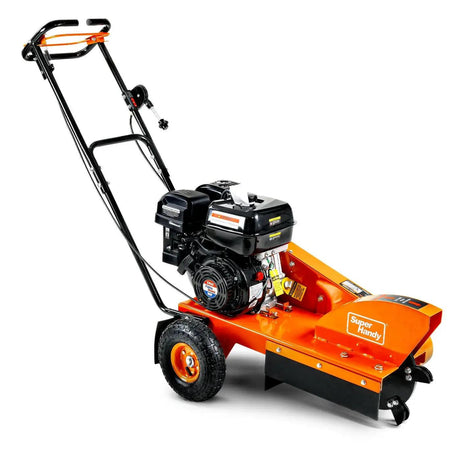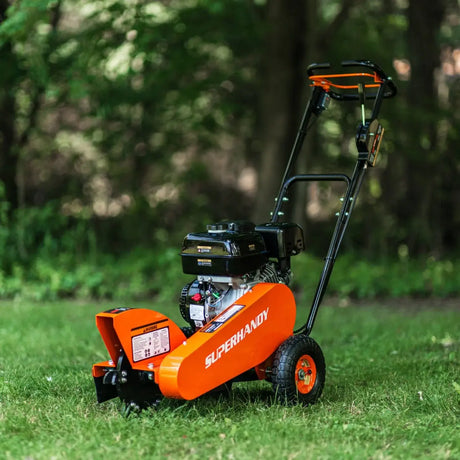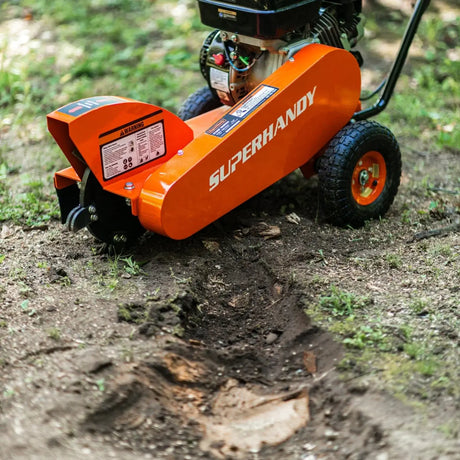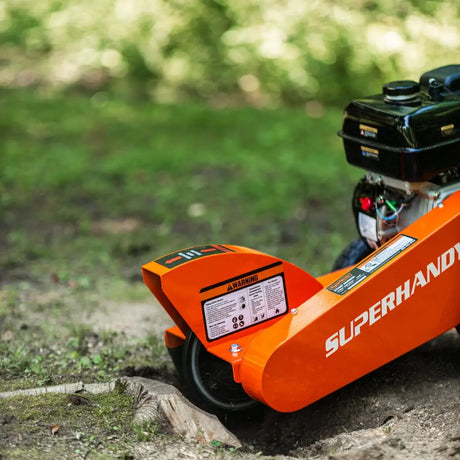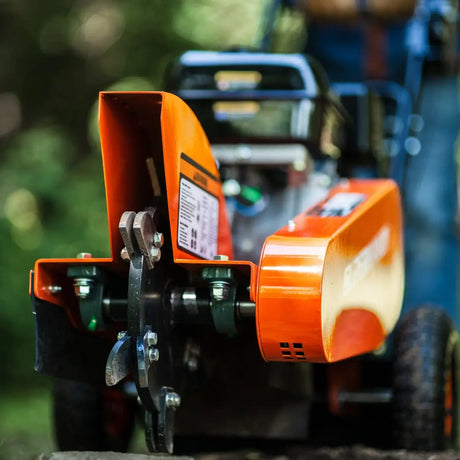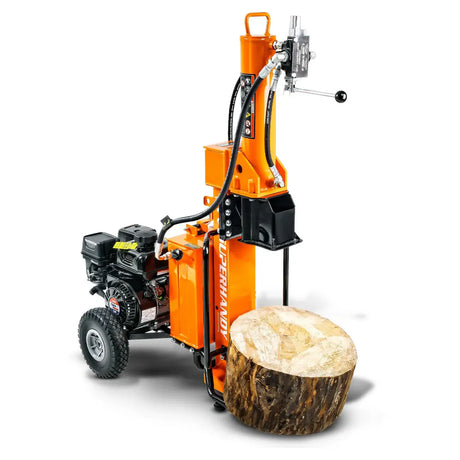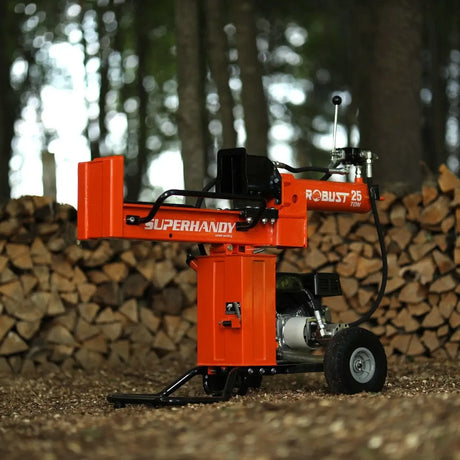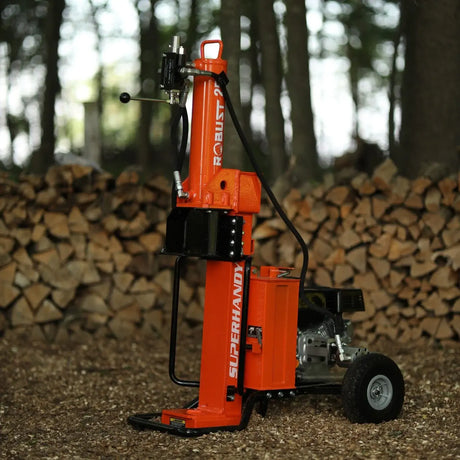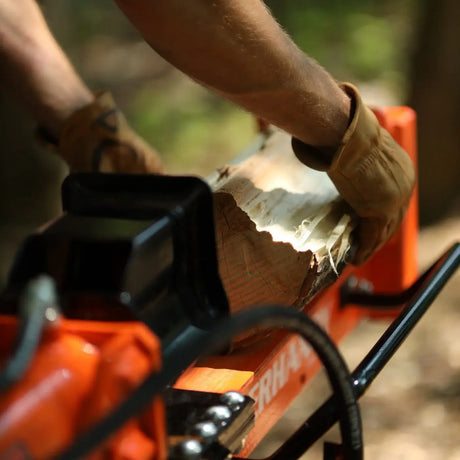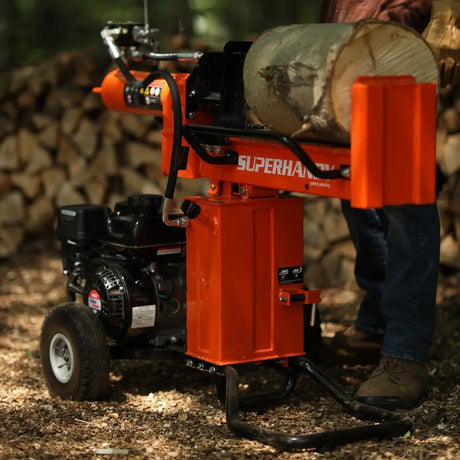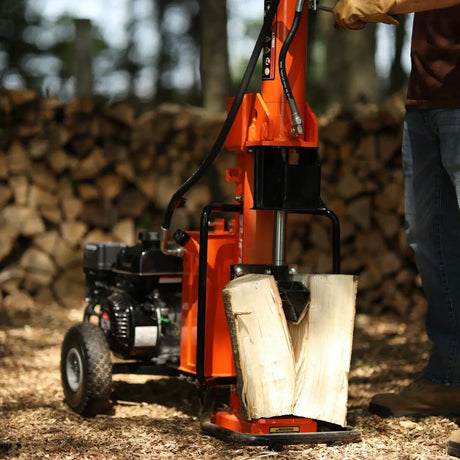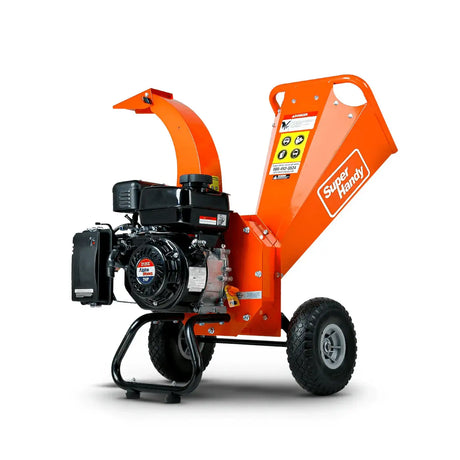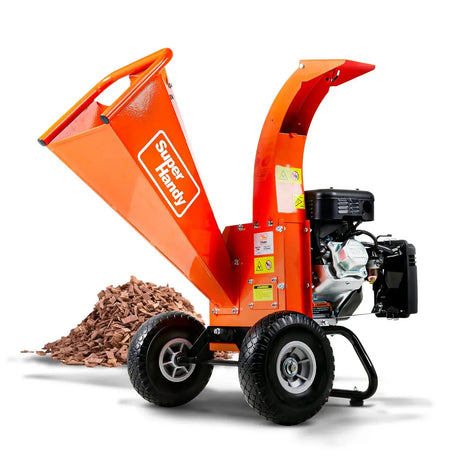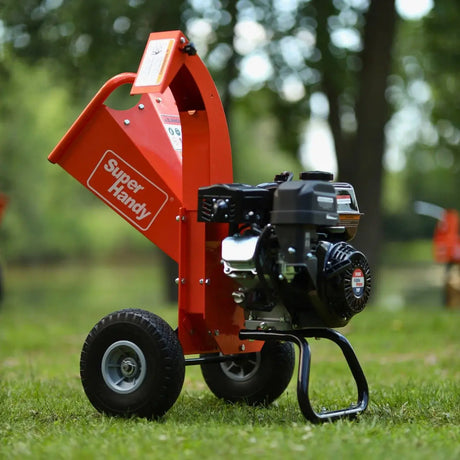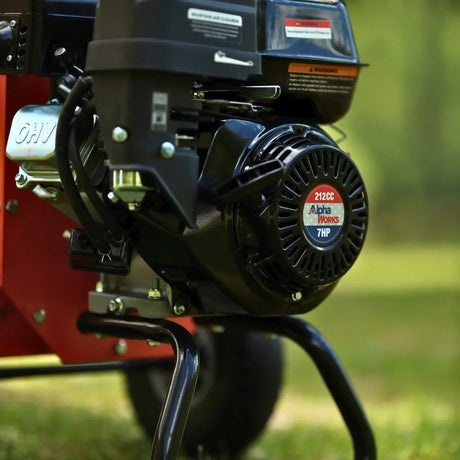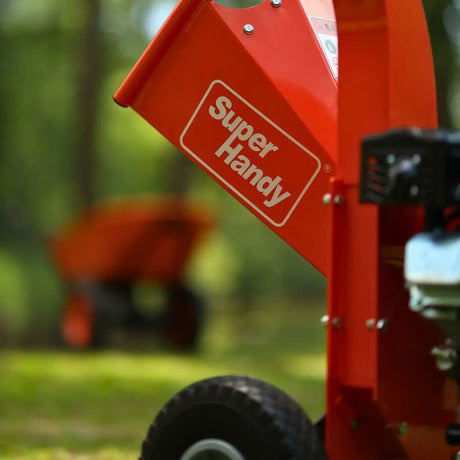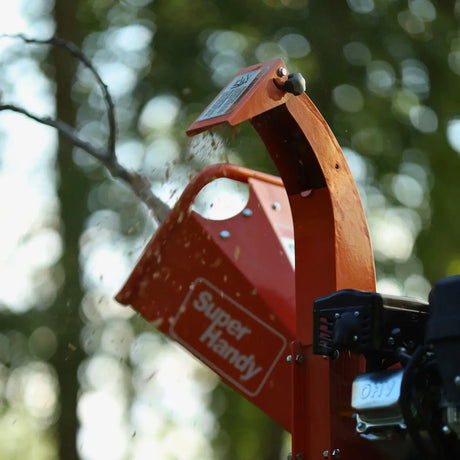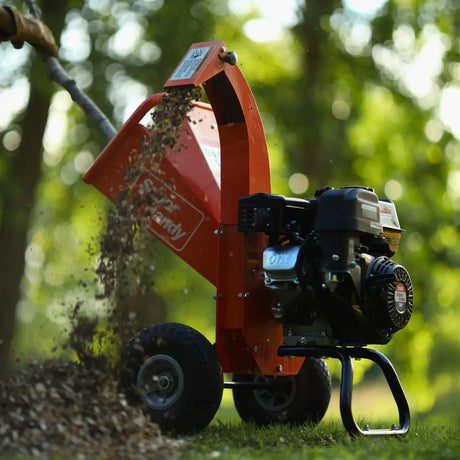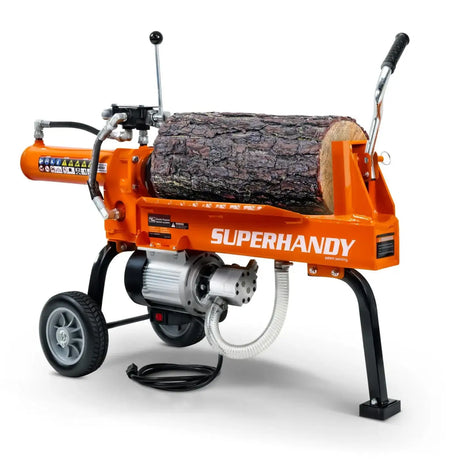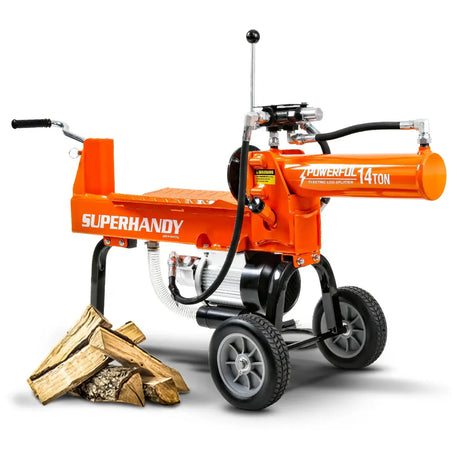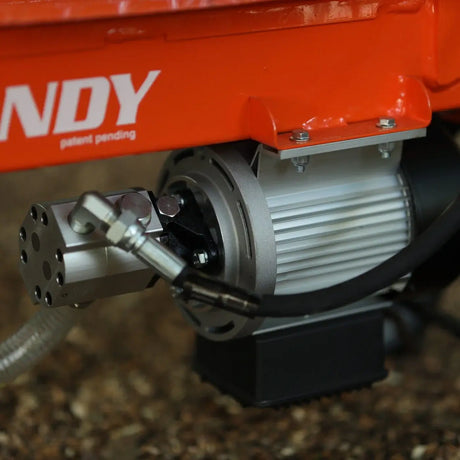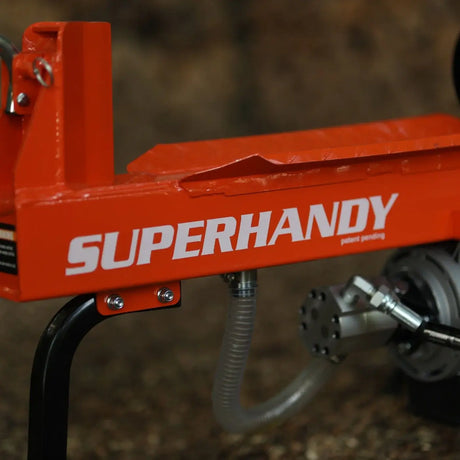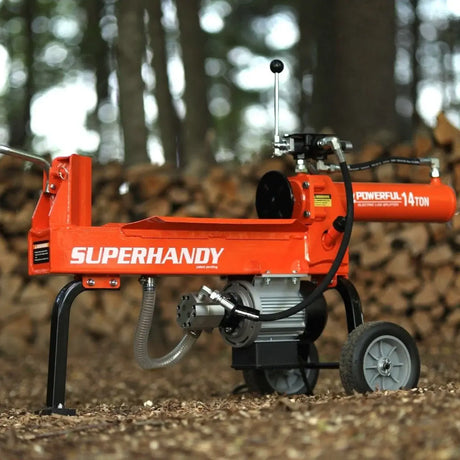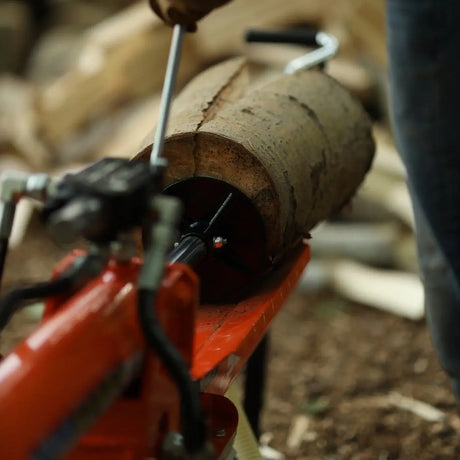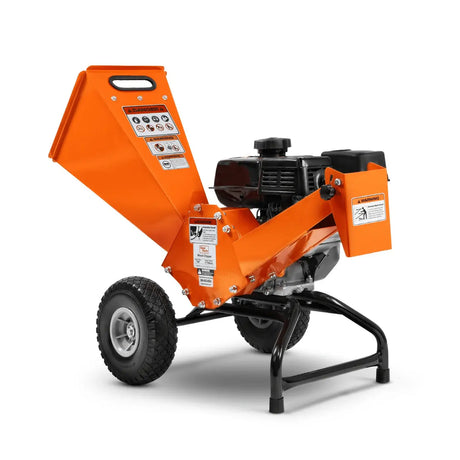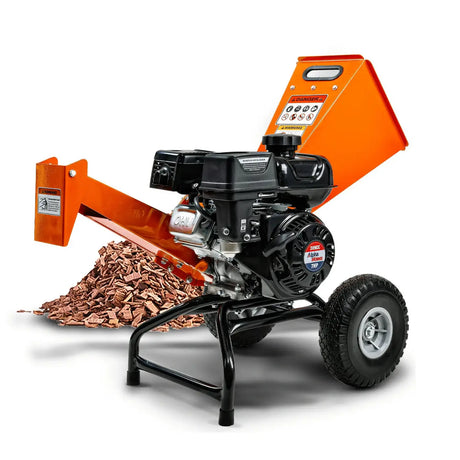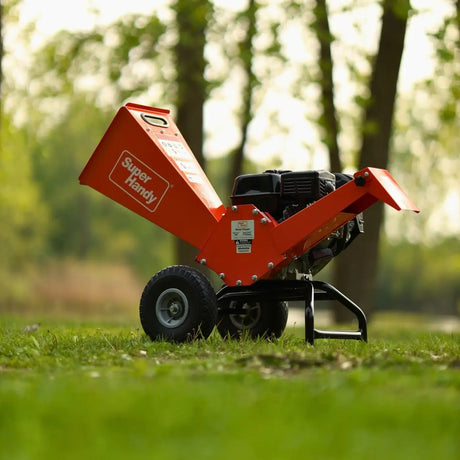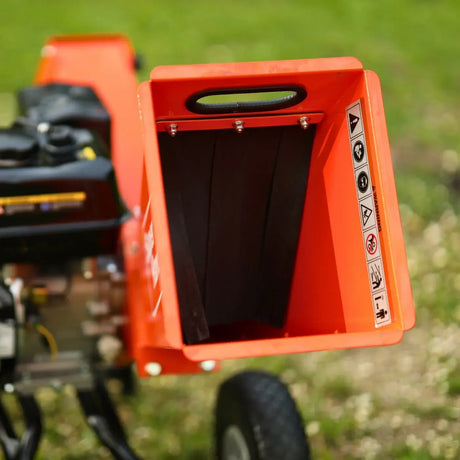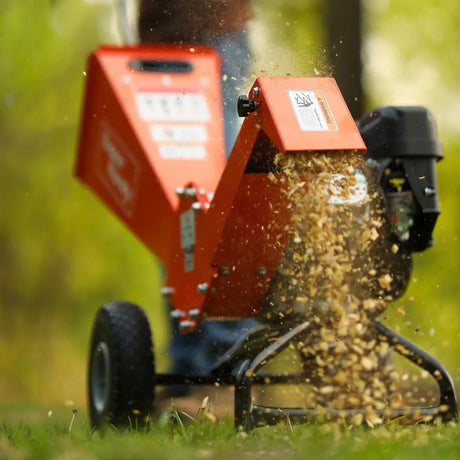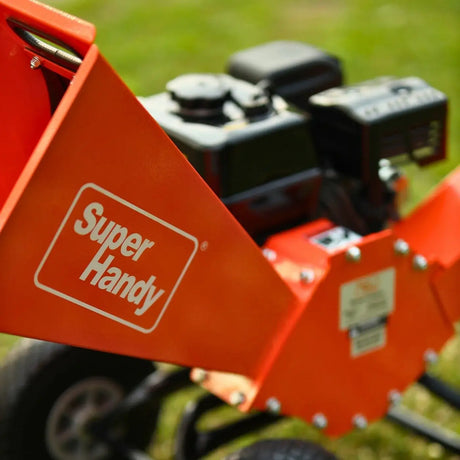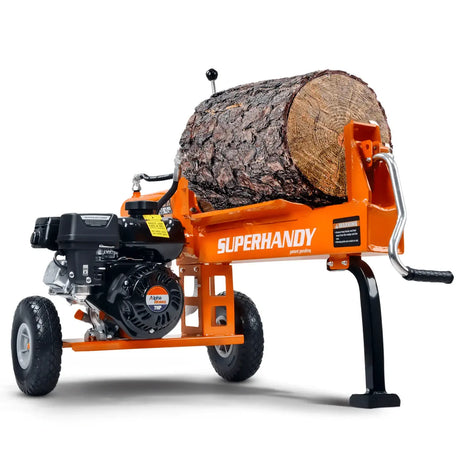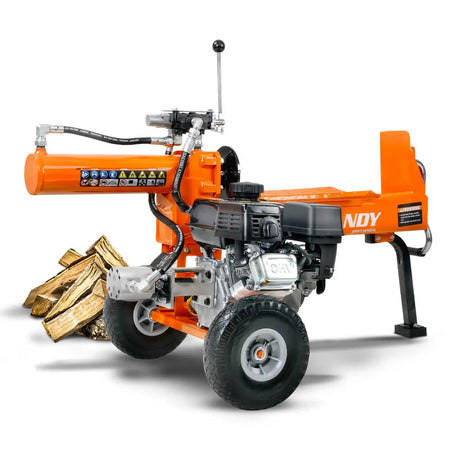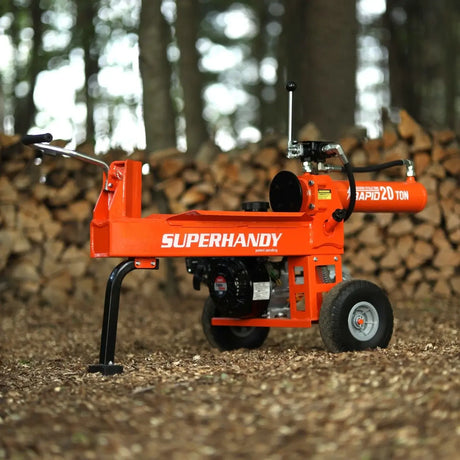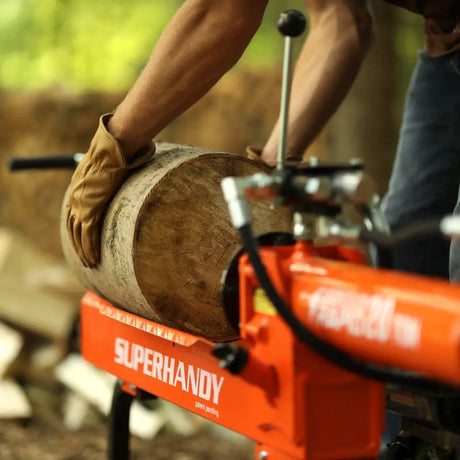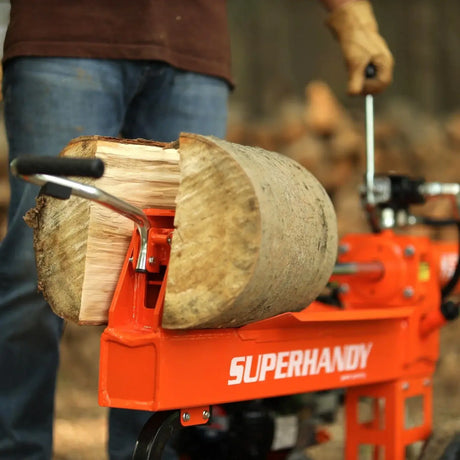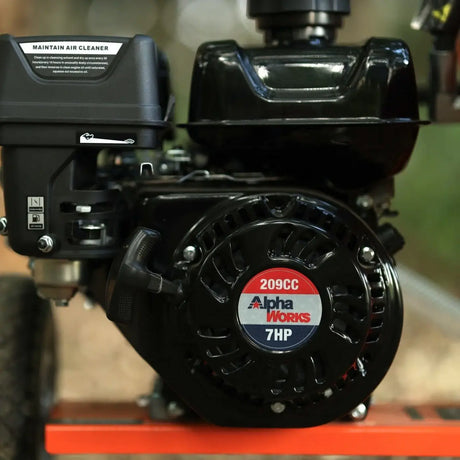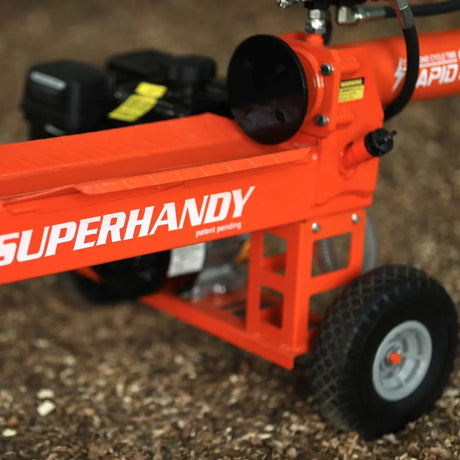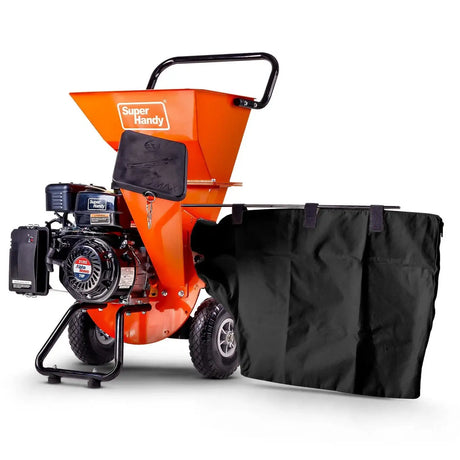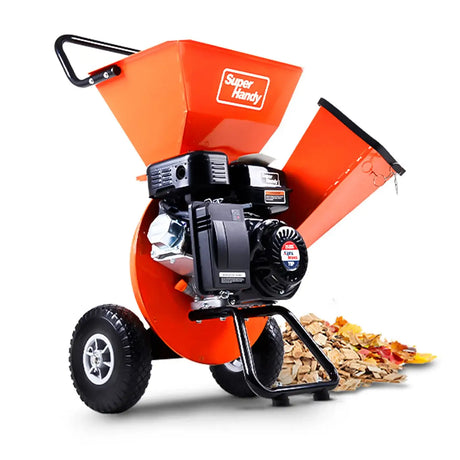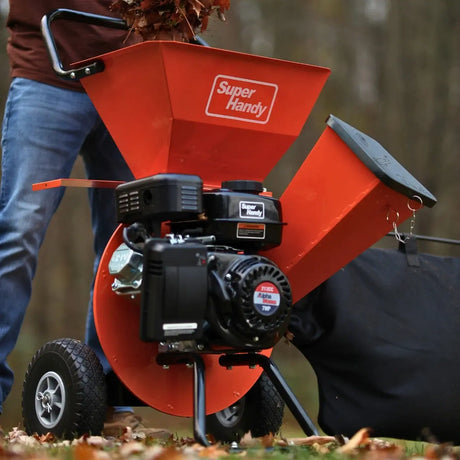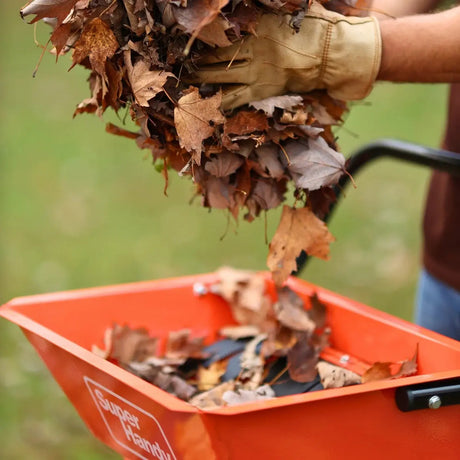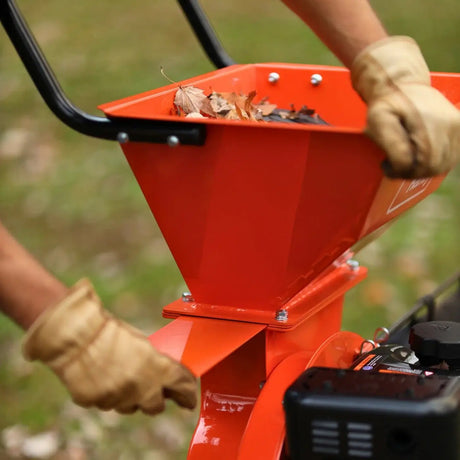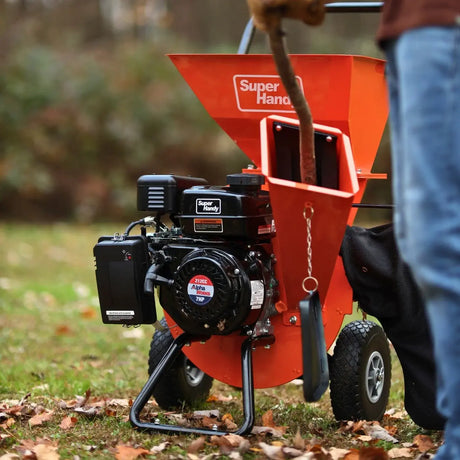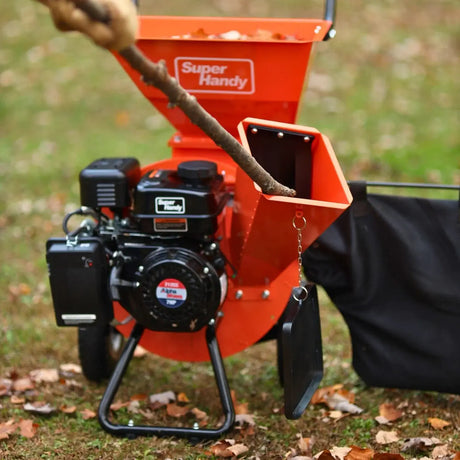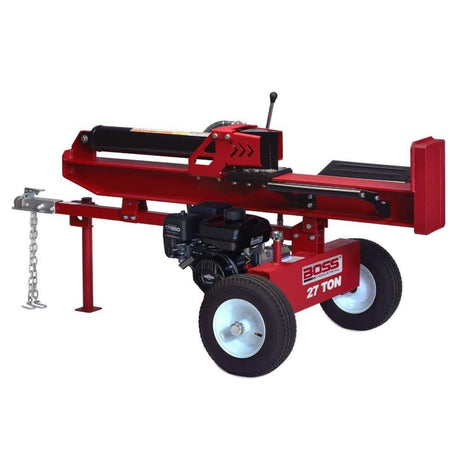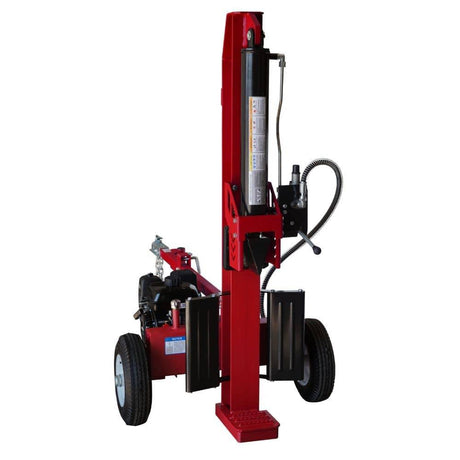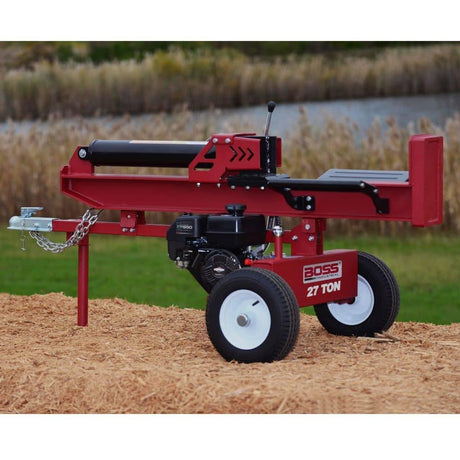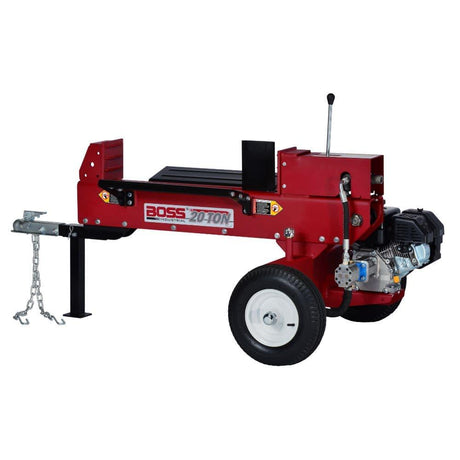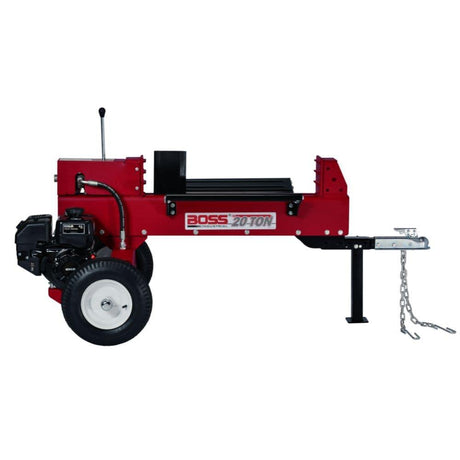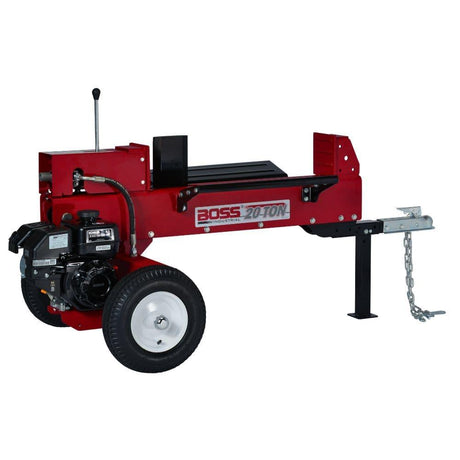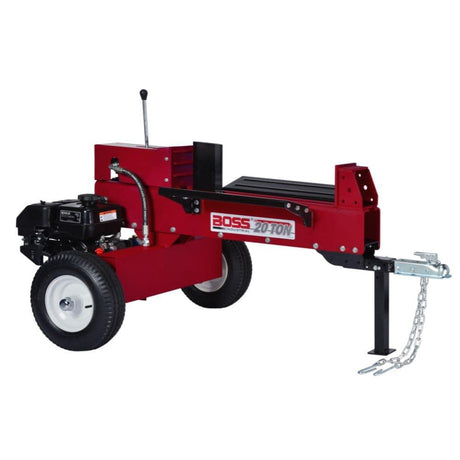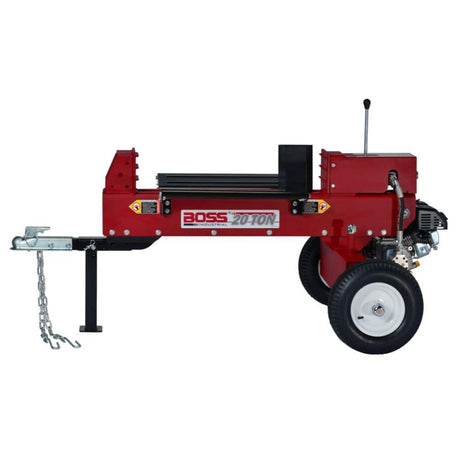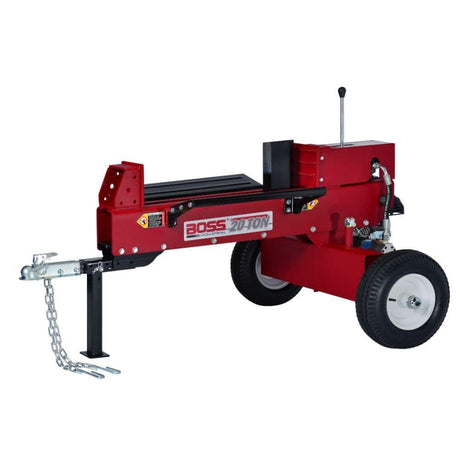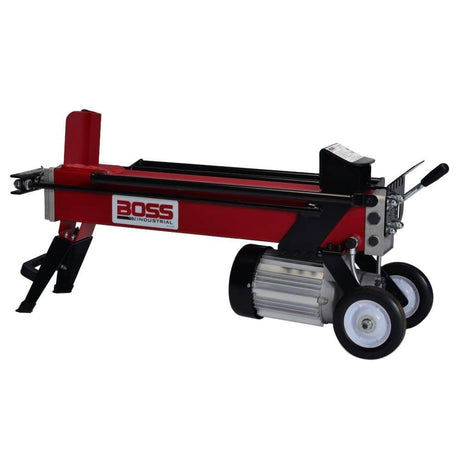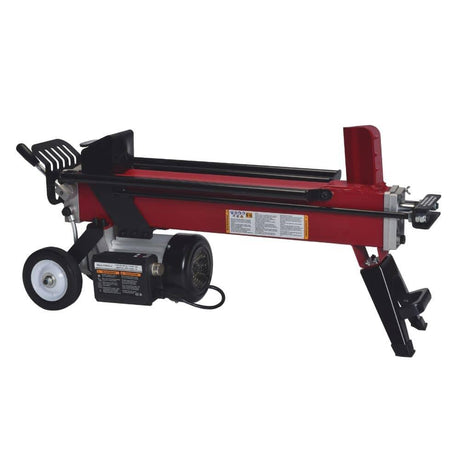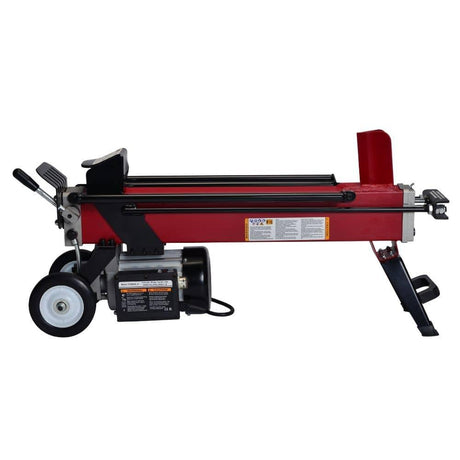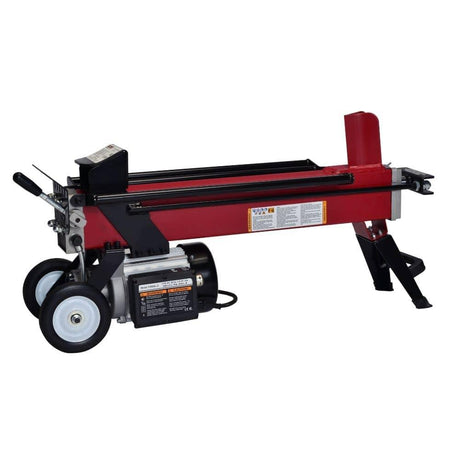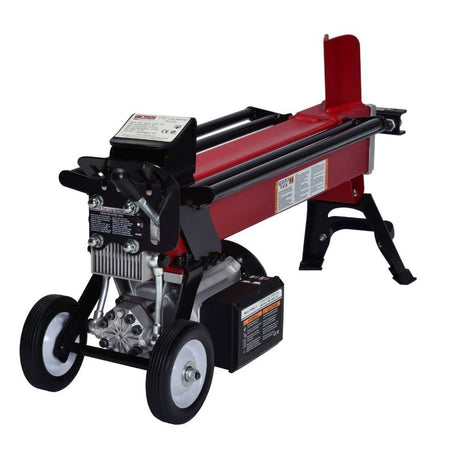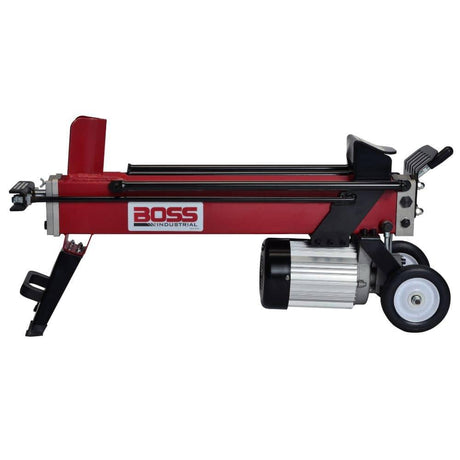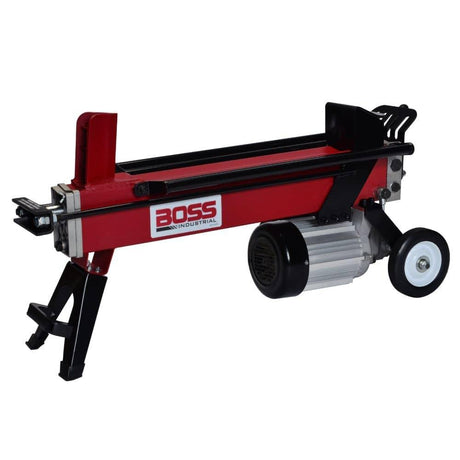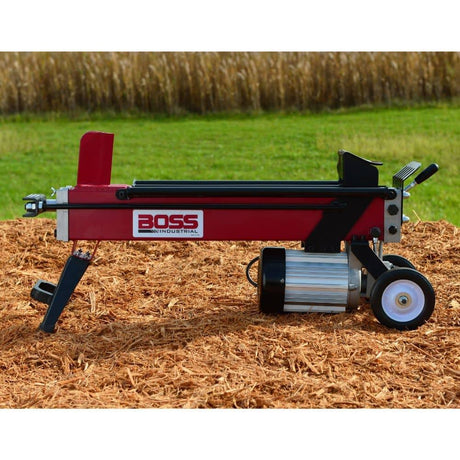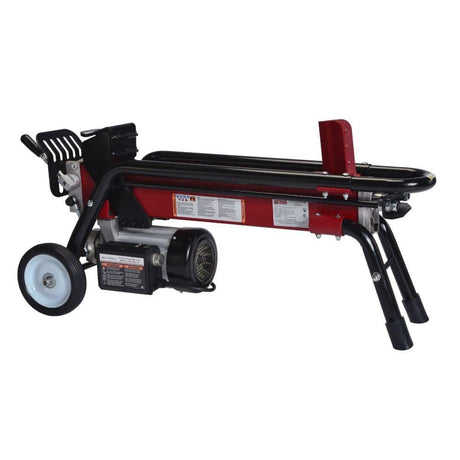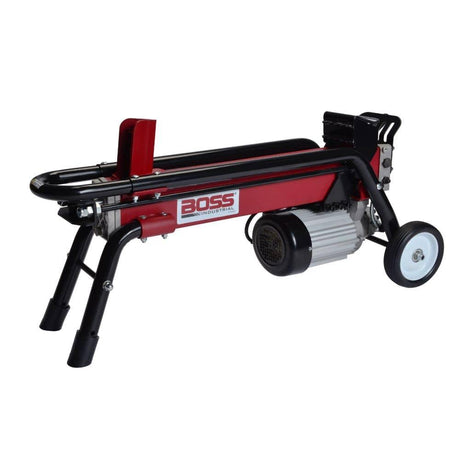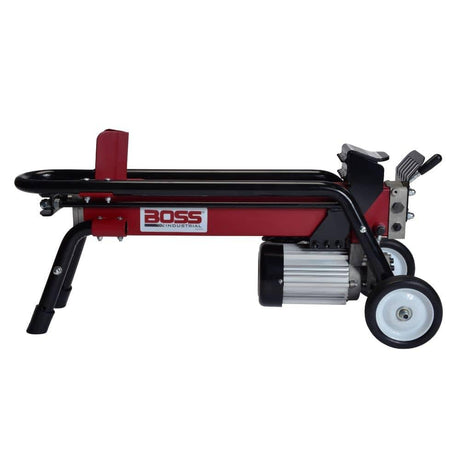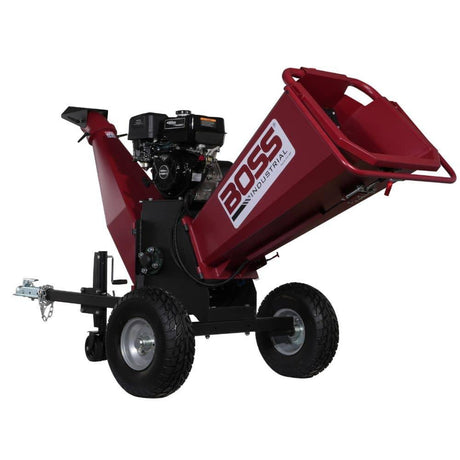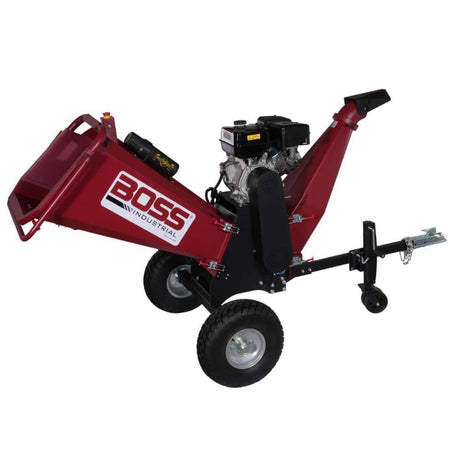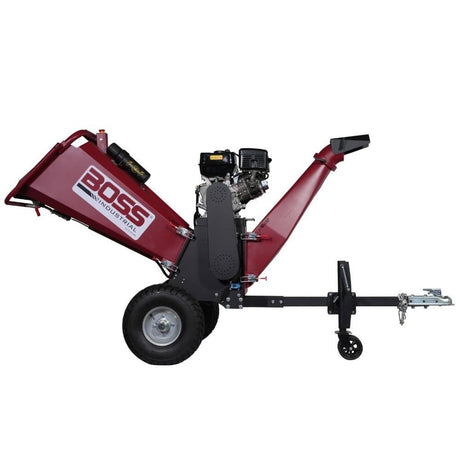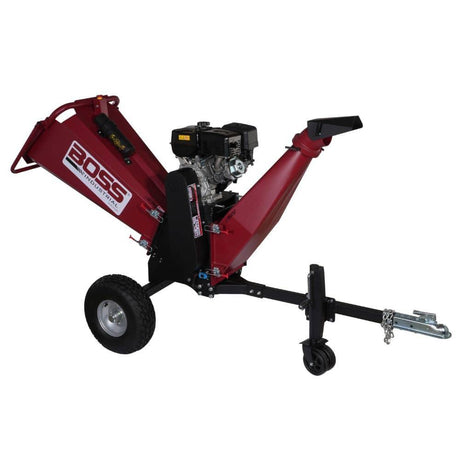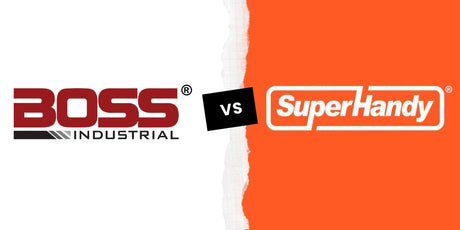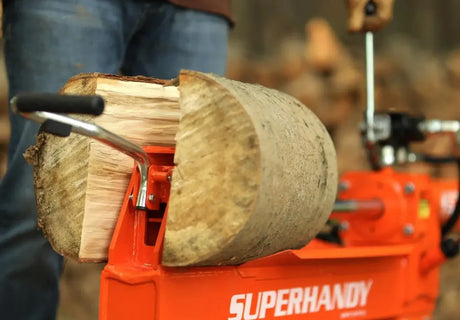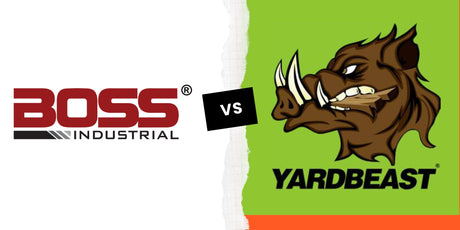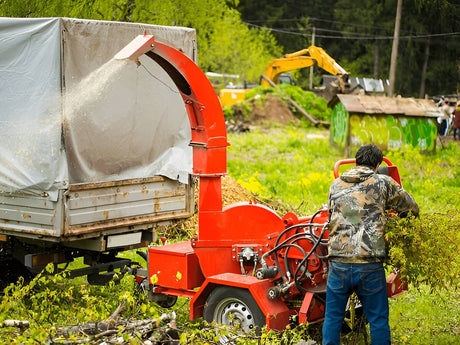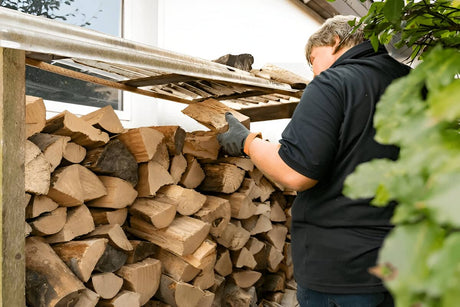Thinking about upgrading your yard tool lineup? Whether you're a weekend warrior or running a landscaping business, your choice of equipment makes a big difference. But so does the price.
If you want quick ideas on tools that save you time, check out Top 7 Outdoor Tools That Make Yard Work Way Easier for simple, effective recommendations.
This article breaks down how much you can expect to pay for popular yard tools-chainsaws, chippers, stump grinders, and more-based on three quality levels: budget, mid-range, and high-end. The goal? Help you decide where to spend and where to save, depending on your needs.
If you’re curious about true ownership costs versus rental fees, check out our Owning vs Renting a Log Splitter: Cost & Value Breakdown for real-world examples.
Key Takeaways
- 🛠️ Budget tools are fine for occasional users or small yards-but expect limited durability.
- ⚙️ Mid-range tools strike the best balance for most homeowners: better power, longer lifespan.
- 💪 High-end gear is built for pros, large properties, or heavy use-and priced accordingly.
Power Yard Tool Cost Comparison by Quality Tier
Here's a quick side-by-side of the most common yard tools, sorted by price range across quality tiers. This gives you a clear view of what's available at each budget level.
| Tool | Budget Price ($) | Medium Price ($) | High Quality Price ($) | Notes |
|---|---|---|---|---|
| Chainsaw | 150–300 | 300–600 | 600–1000+ | Small electric or battery models to pro-grade gas saws |
| Lawn Mower | 100–400 | 400–1500 | 1500–3000+ | From manual push mowers to smart riding models |
| Wood Chipper | 150–500 | 500–1500 | 1500–5000+ | Electric for branches to heavy-duty commercial units |
| Leaf Blower | 25–150 | 150–400 | 400–2400+ | Corded, battery, to commercial gas-powered blowers |
| Brush Cutter | 100–250 | 250–600 | 600–1500+ | Light duty electrics to ergonomic high-power cutters |
| Log Splitter | 500–1000 | 1000–2000 | 2000–4000+ | From 7-ton electric to 40-ton gas-powered models |
| Stump Grinder | 800–1500 | 1500–3000 | 3000–10000+ | Residential to industrial grinders for landscapers |
For help selecting the right splitter power for your wood type, see our Log Splitter Tonnage Chart: Best Power by Wood Type to match splitter size with your needs.
What This Table Shows
This table is organized by tool type and then broken down by:
- Budget Price: Basic electric models or light-use gear.
- Medium Price: Stronger builds, often gas-powered or high-capacity battery units.
- High-Quality Price: Commercial-grade machines with premium parts, durability, and power.
Each row also includes a note so you can understand what kind of performance to expect at each price point.
For example:
- A $150 wood chipper might handle twigs.
- An $2000 chipper? That's what you want for serious yard cleanup or light commercial work.
How to Use This Data in Real Life
1. Match the Tool to Your Needs
If you're only trimming a few hedges or splitting a few logs each season, buying the cheapest option makes sense.
But if you:
- Split logs every weekend,
- Grind stumps for neighbors,
- Or chip truckloads of branches…
If fuel efficiency matters to you, take a look at our Fuel Cost Per Hour for Yard Tools by Horsepower (Full Chart) for detailed operating expenses.
Then medium or pro-grade tools will save you money in the long run by avoiding frequent replacements or costly rentals.
2. Avoid These Common Mistakes
- Going too cheap on heavy-use tools: That $150 chipper might look tempting, but it'll jam the first time you feed it a real branch.
- Overspending on rarely used gear: If you use a log splitter twice a year, don't drop $3,000. Rent or stick to mid-tier.
Final Thoughts
Yard work gets a lot easier when you have the right tool-and the right tool for your budget. Use this price breakdown to compare your options, avoid overpaying, and invest smartly in the tools that matter most to you.
👉 Looking to build your yard tool arsenal? Check out our full selection of pro-tested wood chippers, log splitters, and stump grinders.

